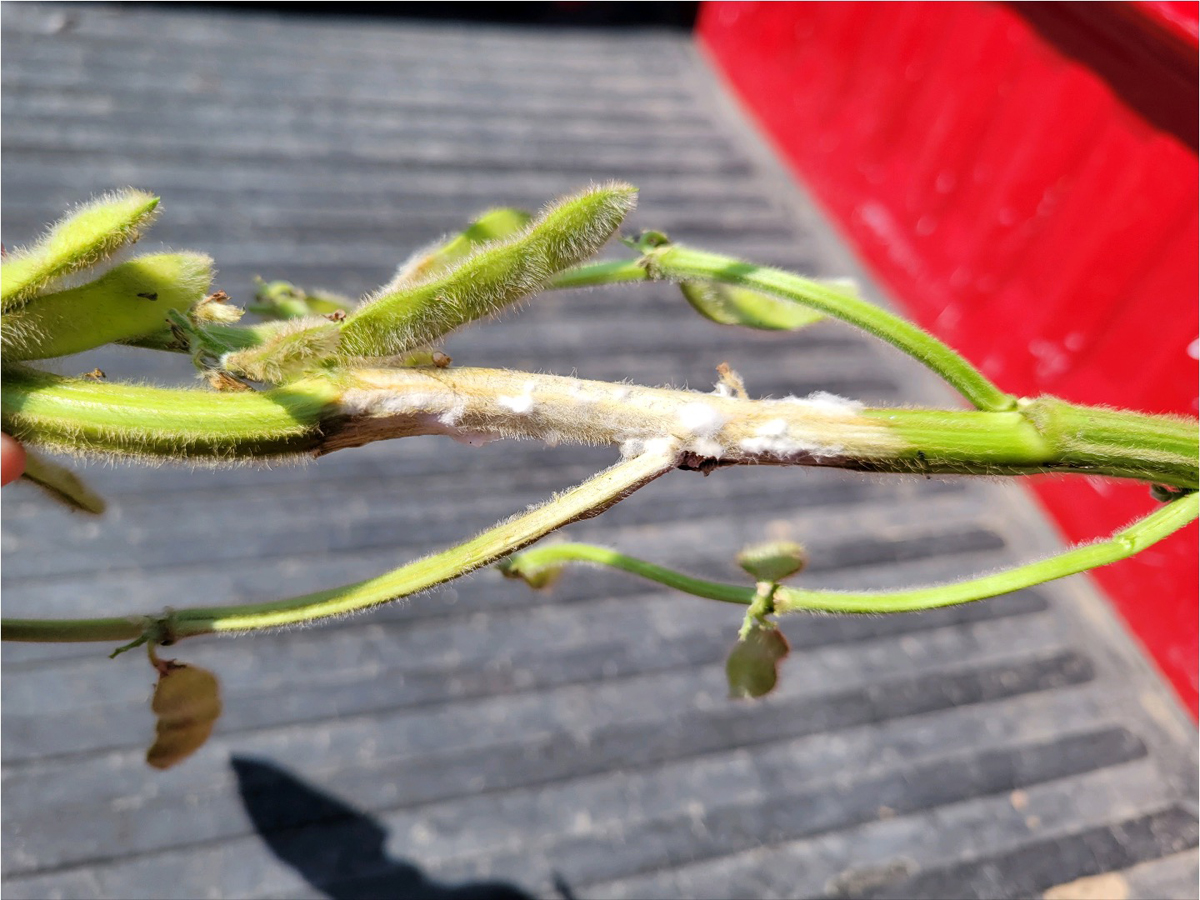Submitting Crop and Pest Samples
To submit a crop or pest sample to the UNL Plant and Pest Diagnostic Clinic, follow the steps outlined in the appropriate section below. Also see the UNL NebGuide G2226, "Row Crops Sample Submission to the Plant and Pest Diagnostic Clinic". A Sample Submission form is required for all samples.
Crop Samples
- Send several whole plants, roots and all that represent all stages of the symptoms being expressed. Often what appears to be a leaf problem can be a root-related problem.
- Include "normal" plants from area near the symptomatic plants for comparison.
- Enclose the root ball in a plastic bag to keep the soil from touching the leaves.
- Place entire plant sample in a plastic bag to reduce drying.
- Complete and include the submission form. Providing the following information will help assure a more accurate diagnosis.
- Current and previous chemical history (particularly important when looking for potential chemical Injury
- Planting date
- Crop growth stage
- Symptom description
- Number of affected plants in the area
- Symptom distribution (low lying areas, field entrance, strips, etc.)
- Field history
Insect Identification
Soft-bodied specimens (i.e., larvae, aphids, mites and spiders)
- Place in a tight-sealing bottle with a liquid preservative such as alcohol or vinegar
Hard-bodied specimens (i.e., beetles, bugs, moths, ants and flies)
- Wrap in loose tissue and place in a crush proof container
Living specimens (whether soft or hard-bodied)
- Place with the host plant or damaged material along with loose tissue into a ventilated container
Do not:
- Tape specimens to paper
- Place loose insects in envelopes
- Use water of formaldehyde as a preservative
Complete and include the submission form.
Chemical Injury
In addition to the information listed under Crop Samples, include:
Chemical History
- Current and previous year
- Rates
- Application timing (date and plant growth stage)
- Weather conditions during application (temperature, wind speed, etc.)
- Possibility of drift from another pesticide application
Plant Identification
- Include the entire plant, with the root system when possible
- Try to include more than one plant when possible
- Try to include flowers and and/or fruit
- Wrap the root ball in a dry paper towel and place in a plastic bag
- Place the entire plant in a plastic bag
- Inclusion of the following information assist in identification
- Where is it found (yard, garden, pasture, etc.)
- Site conditions (share, sun, dry, wet)
- Annual or perennial plant (if known)
- Flower and seed color (if submission is after this stage)
- Bloom time
- Plant height or habit (creeping, vining, etc.)
- Number of plants in the area
Submission
Send samples to:
Plant and Pest Diagnostic Clinic
1875 N. 38th St.
448 Plant Science Hall
Lincoln, NE 68583-0722
Contact:
Kyle Broderick
Plant and Pest Diagnostic Clinic Coordinator
(402) 472-2559
kbroderick2@unl.edu
Faculty Bio

Contact:
Kyle Koch
Insect Diagnostician, Extension Educator
(402) 472-8691
kyle.koch@unl.edu
Faculty Bio

